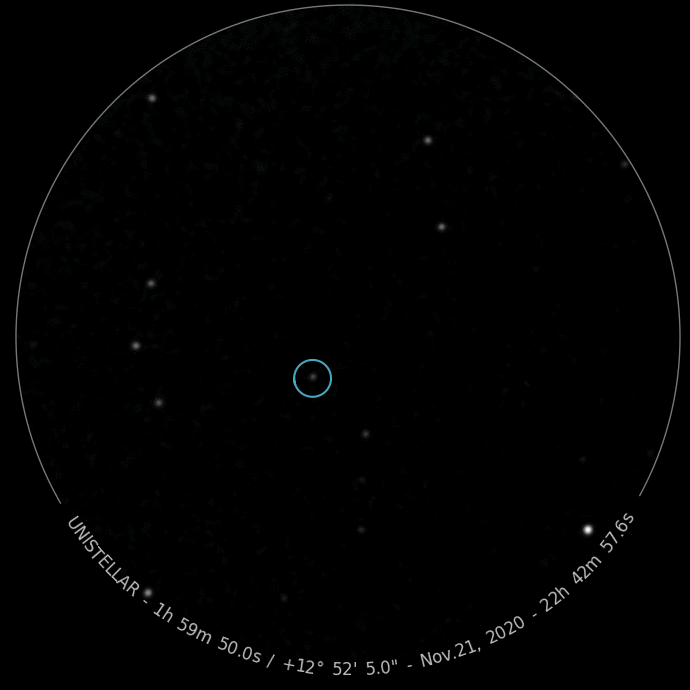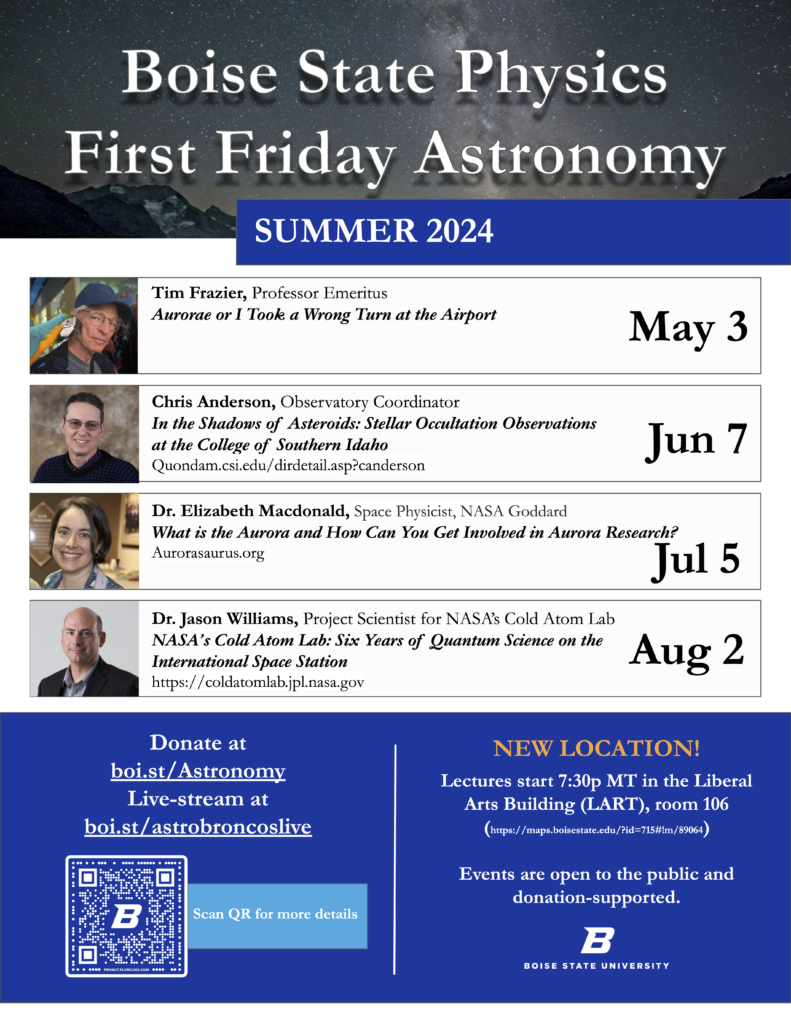
The advent of increasingly sophisticated, commercial-grade astronomical hardware and software is democratizing science in a profound way. Citizen scientists have helped find planets in other solar systems, classify galaxies, and spot supernovae. Closer to home, citizen scientists are helping unlock the mysteries of our own solar system through the science of occultations.
The Tracks of Occulteers

Occultations occur when a celestial body — an asteroid, moon, or even planet — passes in front of a star as seen from the Earth. When that happens, the body casts a shadow that crosses over the Earth’s surface, a lot like a solar eclipse.
And like a solar eclipse, the body’s small shadow can only be seen in certain places on the Earth. If you’re not in the shadow path, you won’t see the occultation. But if you are in the path, the star will appear to wink out for seconds or minutes.
How long does the star stay winked out? Partly, it depends on how fast the body is moving across the sky (as seen from Earth). The body’s motion is totally determined by the laws of orbital motion, which have been known for 400 years. It also depends on how big the body is, and for many asteroids and small moons, we don’t know how big they are.
And by combining the duration of the stellar winking out with the locations of occultation observers, astronomers can work out the sizes and even the shapes of bodies that are otherwise too small to be seen from Earth. Astronomers can also see anything else that might be hanging around the body, which has led to some pretty big surprises.
(Nearly) Airless Whisper

As anyone breathing can attest, one of the things that can hang out around a celestial body is an atmosphere, and it turns out occultations are a very good way to detect even extremely thin atmospheres.
In 2012 and 2013, astronomers detected one of those thin atmospheres around the dwarf planet Pluto. On 2012 July 18th and again on 2013 May 4th, Pluto occulted two bright stars, and its shadow track crossed over western South America.

Several observatories detected the occultation, producing plots of the star’s brightness as Pluto occulted it. These lightcurves all had the same basic shape — the flat floor is, of course, when Pluto has blocked out the star’s light, and the duration of that floor told astronomers Pluto had a radius of 1190 km, about twice as far as from Boise to Salt Lake City. But there was something else in the curves.
Since Pluto’s shape has a sharp edge, we would expect the lightcurve, likewise, to have a sharp edge. But all the lightcurves from the 2012 and 2013 occultations showed a gentle, U-shaped tapering down to the flat floor. This curvature was caused by diffraction of the starlight as it passed through Pluto’s atmosphere (similar to the twinkling of stars seen on Earth).
By modeling the curvature, astronomers were able to estimate the structure of Pluto’s atmosphere and determine its surface pressure is about one hundred million times thinner than Earth’s, a pressure ten times smaller than the sound wave for a normal whisper.
Volunteered Science

The conceptual and technical simplicity of occultations makes them very good citizen science projects. As long as you have a decent (not even great) telescope and a camera capable of taking pictures fast, you can contribute to occultation science. There are several online guides for how.
Because the tracks of different occultations cross over the Earth at lots of different places and astronomers can’t be everywhere, citizen scientists have become critical to occultation efforts. NASA-sponsored projects like Science Through Shadows even provide telescopes and cameras to willing observers.
Boise State’s own Central Idaho Dark Sky Reserve STEM Network has started a similar program, “Telescopes for Teachers“, to provide high-end robotic telescopes to public educators. The eQuinox 2 scopes we have are specially designed for citizen scientists and come with built-in software and hardware.
Want to learn more about occultation science? Join Boise State Physics for our First Friday Astronomy lecture series on Friday, June 5 at 7:30p to hear from Chris Anderson, astronomer at the College of Southern Idaho, discuss his long-term program of occultations conducted from the Centennial Observatory at CSI.
